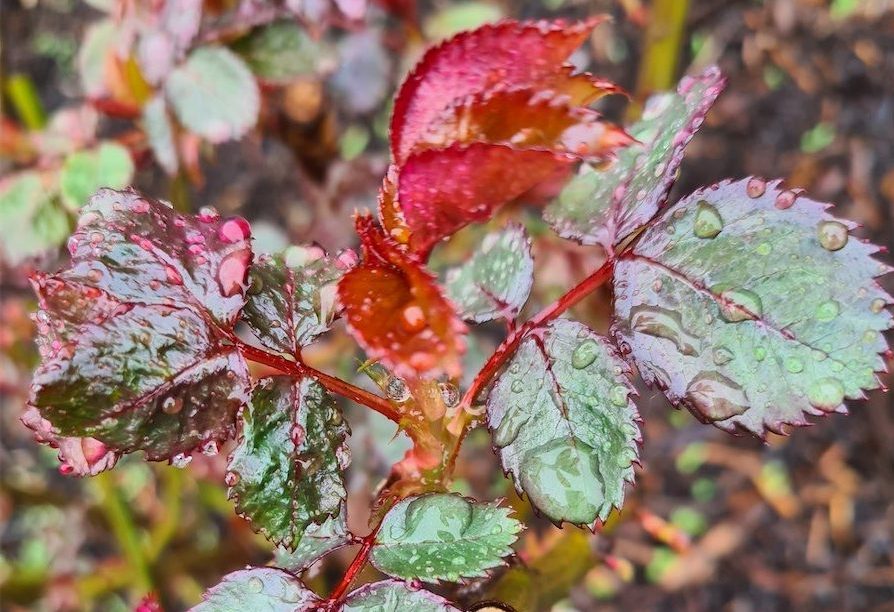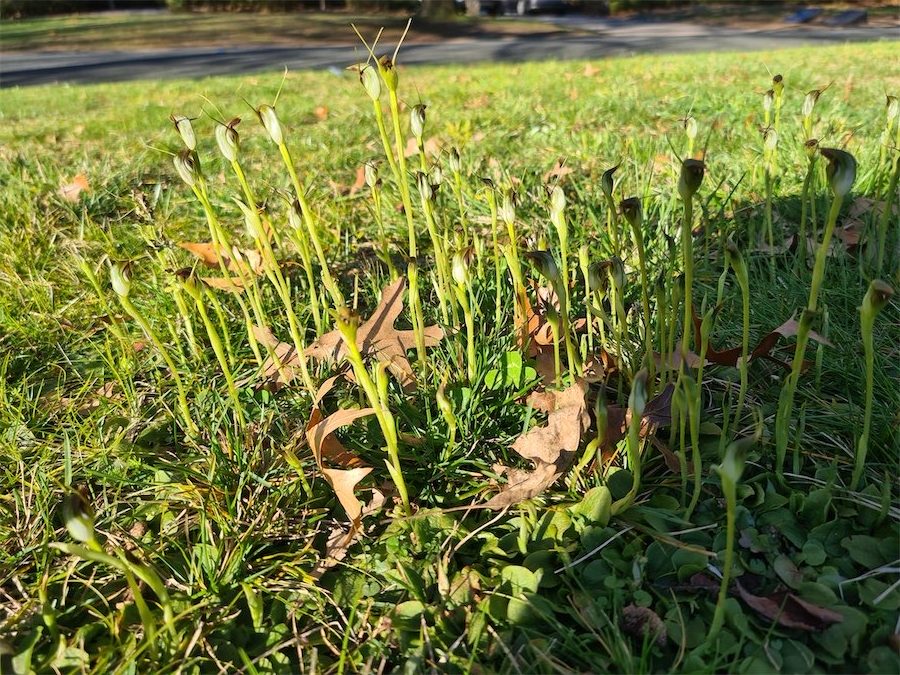
Gardening writer JACKIE WARBURTON says there’s movement in a spring garden but the hard work’s still a couple of weeks away.
SEPTEMBER is not spring in Canberra with the winds still coming off the Brindabellas; there’s still a chill in the air and the soil is just as cold.

There will be some foliage growth on most plants in the garden that were damaged from wet, frosty nights, but from here the cold nights are short lived with milder frosts, so leave the damaged foliage on the plants for a little while longer, until at least October – and that’s when spring will have arrived!
Around Canberra there are plums, apricots and spring blossoms in full bloom. Mostly these are on roundabouts and in old Canberra gardens. They are more likely Prunus blireana, also known as the purple-leafed plum, a small tree that has a foliage contrast in a summer garden and shading smaller understorey plants. These trees are suitable for small spaces, oriental-themed gardens or a courtyard area.
Spring-blossom trees attract bees and predatory insects as well and are a good choice for our climate.
SPRING brings the birds back to our garden looking for food and water. The honeyeaters are guarding the aloes, collecting the nectar from the gum trees in the native corridor behind our garden, and the peewees and magpies are learning to co-exist.
THE recent rain has brought considerable growth to our gardens and is welcomed to get us through the next few months without dragging a hose around the garden.
Pest and disease problems are exacerbated with the wet conditions and it’s important to be prepared for problems that may arise.
Sometimes prevention is better than a cure and that is true for fungal diseases that we find in the garden, particularly on roses this time of year.
If the new growth on the roses is crinkly then that is the black spot not seen by the naked eye. Once the black splotches (Anthracnose disease) are seen on rose leaves further into spring, it’s too late to spray. It’s like shutting the gate after the horse has bolted.
So a preventative measure that will go a long way to controlling black spot coming into spring and summer is to spray with any type of copper fungicide. Give it a good soak, including under the leaves. This treatment can also be used for stone fruit such as apricots for fruit rot and cherry trees for shot hole. Use as the label prescribes and have a program of spraying late winter/early spring every year. This is an organic way of controlling major fungal disease in the garden.
TO have a good display of summer flowers for the house, now’s the time to make sure all summer bulbs – such as liliums, gladiolus, dahlias and hippeastrums – are in the ground.
There is always a good supply of mail-order bulb catalogues available online. It’s a cost-effective way of building a good collection of flowers for the garden and the vase. Once they arrive, it’s important that they go straight into the ground as they don’t keep as long as spring bulbs do.

NATIVE wattles have finished flowering now and, if the moist weather continues, there will be native orchids and green hoods to find on your walks. I spotted the ones illustrated – diplodium – in a suburban street in Yarralumla.
THIS is the time of year when there’s a wide selection of seedlings that can be put into the ground. I would hold off on planting any root vegetables until the soil warms at the end of the month.
Turn the soil over, breaking it up with a fork, where any root vegetables are to grow. Keep the area weed free for the next few weeks and make sure there is very little manure in the soil. If the soil is too rich this can cause carrots to fork and be hairy as well!
Sprinkle some boron on the soil where beetroot is to be planted and in turn this will promote growth and regulate hormones and the beetroot will be off to a great start. Direct sow in a few weeks, cover with sand lightly and water.
Who can be trusted?
In a world of spin and confusion, there’s never been a more important time to support independent journalism in Canberra.
If you trust our work online and want to enforce the power of independent voices, I invite you to make a small contribution.
Every dollar of support is invested back into our journalism to help keep citynews.com.au strong and free.
Thank you,
Ian Meikle, editor





Leave a Reply